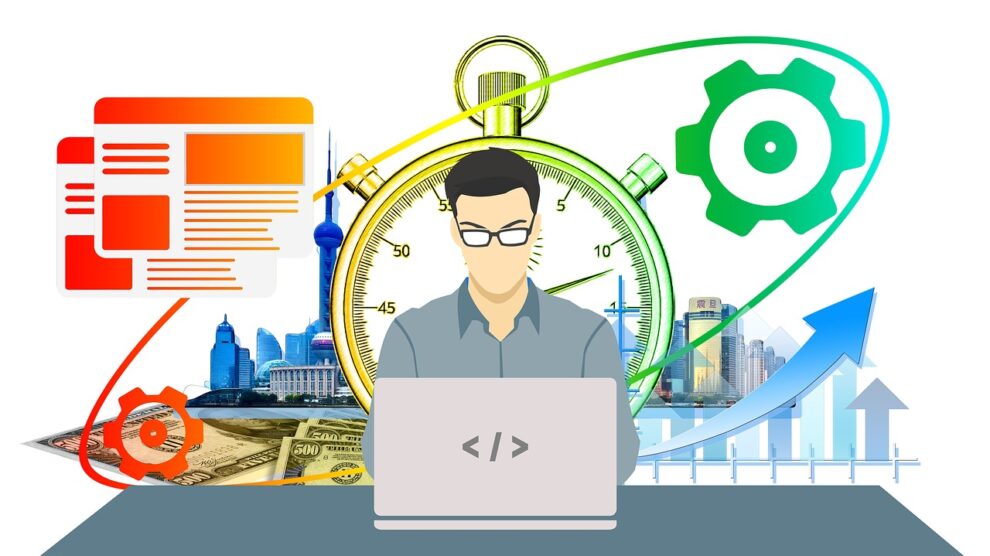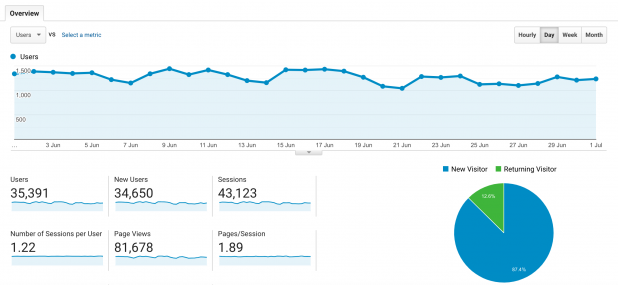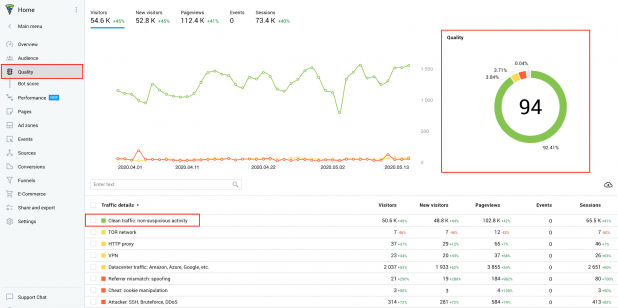The sad truth is that many of us around the world have found ourselves facing up to life working from home (WFH) due to the spread of Coronavirus whether we like it or not. While COVID-19 has caused severe disruption and devastation globally, the emergence of the WFH initiative has been a curious side-effect of the pandemic.
It’s long been anticipated that remote work will be the future for employees worldwide, but international lockdowns have rapidly accelerated the process.
The transition from office to home-office may seem like a tantalising one. Swapping the morning commute for an extra hour in bed will sound appealing to workers everywhere, but is it possible to remain as productive at home as in the office?
Many workers find that working from home comes with the same logical expectations on output, but possibly not the same levels of productivity. At home, there are plenty of distractions and signifiers of comfort.
Fortunately, there are plenty of valuable insights and tips out there to help us to learn how best to optimise our working life from the comfort of our homes, and here I’m going to run through some of the most valuable and transferable ones. So sit back and relax, but not too much – your workloads can’t be managed while reclining on the sofa.
Mentally Prepare For Work
Have you ever felt like you’re just unable to get started on your workload in the mornings? Your bed is approximately five metres away and you simply feel like you’re not in the right frame of mind to get going?
Your brain may have failed to figure out that you want to put it into work mode. Sometimes while WFH, it’s important to trick your mind into thinking that you’ve just made it into the office in the morning. If you’re having trouble switching on when you clock-in, try having a shower and even getting dressed into some fairly formal clothes.
It’s also vital that you have an area of your home that’s ripe for work.
Lots of employees won’t have the luxury of their own spare office space within a house, so it’s important to work with the setup that you have. Look to create some form of desk space in a less-busy part of your home. De-clutter it and try to allow as much natural light into the room as possible. Keep away from distractions like TVs. It may even be worth your while leaving your personal phone on airplane mode.
Build a Work Plan
If your workloads aren’t delegated on a daily basis, it’s vital that you set yourself up with work plans to ensure that you work as smart as possible while WFH.
Make sure your workload is effectively listed in order to be actioned efficiently. There are plenty of tools out there that can help in ensuring that your schedule is safe and accessible – notably, Todoist, Microsoft To Do and Evernote are big players in this field.
It may feel a little reductive to build yourself a routine for WFH, after all, working from home is a great way of ensuring that you’re free of usual in-office confines. However, scheduling out your day can be a highly beneficial productivity tool.
By scheduling breaks, first and foremost, you remember to actually take them. Remembering to take breaks is a great way to prevent burnout and boost mindfulness. Secondly, it helps to break up your day, which allows you to plan your workloads more efficiently.
Breaking your day up around a routine can also be very effective when it comes to communicating with colleagues and clients. After a few days of correspondence they’ll learn, on a subconscious level at least, the times where you’re most likely to be available online for a query or help.
Monitor Your Progress with Analytics
We’re fortunate to be living in the age of analytics. This is an excellent tool as far as WFH productivity is concerned.
You may have precise workloads set up and your days scheduled, but how can you tell whether your efforts are effective? Analytics platforms can provide invaluable insights into what’s working and what needs changing, without the need of seeking the opinions of others.
If you’re running an online business, automated performance tracking is essential to determine the quality of visitors.
Google Analytics is a decent tool to start with. Apart from general data on traffic, sessions and pageviews, it allows you to keep ahead of the essential website metrics like user behaviour flow, referring traffic sources and conversions.
However, Google Analytics is still missing a few essential features and could come across not so straightforward for some users.
For instance, if you’re looking to dig into the quality of traffic, that would be quite challenging to do with Google Analytics. Instead, I use Finteza, which automatically breaks down the traffic into categories like “Clean Traffic”, “TOR Network”, “Bot Traffic”, “Attackers”, and more.
Not only does it help to determine the quality of the traffic, but also allows you to identify and prevent potential DDoS attacks.
So, if you’re looking to optimise your website at home, acting on actionable data is the most important way of making the most of your working hours.
Think Before You Speak
Remember that you’re no longer communicating with colleagues and clients in a face-to-face environment. This means that even on video conferencing software, your social cues are extremely limited.
When messaging employees, colleagues and clients, bear in mind that you’ll want to come across as calm and reassuring. Blunt messages can risk giving the wrong impression when you’re WFH and unlikely to see the individual you’re messaging in-person for some time.
When on a video call, you’re able to see the person you’re speaking to, but you still miss important pieces of reaffirming body language and the deeper contexts you gain from being in a room with someone before and after a meeting takes place.
Be sure to think before you speak – to a greater extent than back when you were working in an office environment. Because our opportunities to interact are significantly limited, greater meaning is applied to the words we say through email, instant messaging and conferencing. Make sure that you leave little to interpretation and remain friendly and approachable. Of course, there’s always room for lightheartedness, but make sure there’s no danger of alienating workers, colleagues or clients along the way.
Manage Your Mindfulness
Perhaps the most important aspect of WFH in 2020 centres around mindfulness. Coronavirus has forced many of us to stay indoors for a prolonged period of time. There are certainly some perks behind working from home rather than commuting each day, but it’s perfectly natural to find self-isolation difficult to live with, mentally.
Working hard is a great thing for your business, whether you’re an owner, manager or fresh starter. But just as important is making time for yourself and interacting remotely with friends.
Be sure to set yourself some hobbies that can be enjoyed from home, and if you ever feel a sense of unhappiness while WFH, make sure you tell somebody.
To help keep healthy, it could be worth turning to activities like yoga or exercising. Sadly, the WFH life can lead to repetition and loneliness in some individuals, but a healthy and active life can leave workers with the best of both worlds.
Remember that COVID-19 has left widespread uncertainty around the world. With this in mind, it’s as important as ever to build yourself a pleasant home environment to work and play. Keep home, keep safe, and if you feel like others may be struggling emotionally, be on hand to help out.







